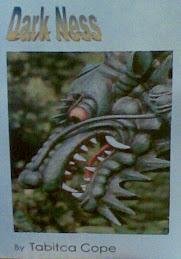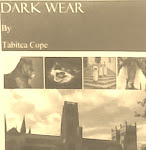New
Study Reveals Chesapeake Bay Dead Zone Hits Fish Hard
Catherine Griffin
Dead zones that characterize Chesapeake Bay during
the summer may be having a major impact on fish. A 10-year study has recently
revealed that these low-oxygen areas are impacting the distribution and
abundance of fish that live and feed near the Bay bottom, which could be a
major issue for fisheries in the area. Dead zones usually form when excessive
loads of nitrogen from fertilizers, sewage and other sources are dumped into
the water. These nutrients then "feed" algal blooms. While the algae
produce oxygen when they're alive, though, they soon die off. They then sink to the bottom, providing a
rich food source for bacteria. Unfortunately, these bacteria take up dissolved
oxygen from nearby waters and create a condition called hypoxia, which are
extremely low-oxygen conditions. see rest here :
I
wonder how that affects Chessie, the sea serpent said to live in the area. Maybe
a lack of sightings may be due to a lack of fish due to the dead zones and
Chessie is hunting elsewhere.
Ancient
woolly mammoth Yuka goes on display in Japan
A woolly mammoth, 39,000 years-old and found incredibly
well-preserved in ice in Siberia, Russia, is to go on display in the city of
Yokohama, Japan. The animal, which scientists named Yuka, is three metres long
and was discovered three years ago. But what made it so remarkable is that the
animal's body - and much of its fur - was so well preserved by the ice.
See pics here : http://www.bbc.co.uk/newsround/23255545




















No comments:
Post a Comment